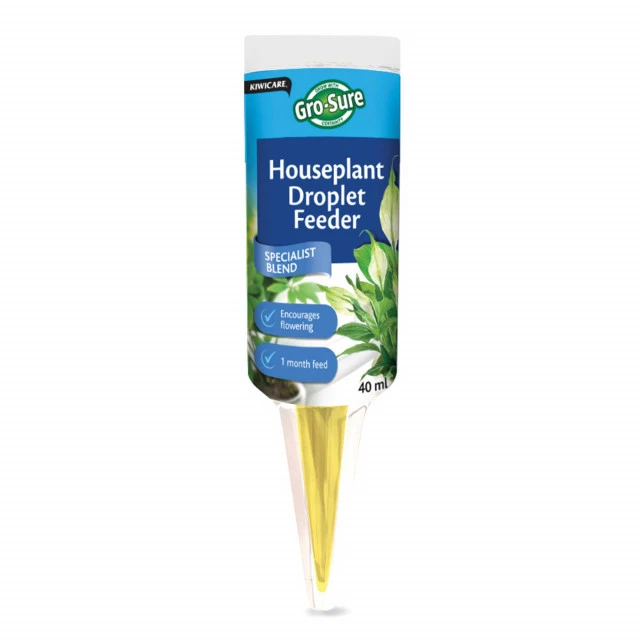Solve problems in and around your home.
Start Problem Solver

Trace elements or micro elements are those that plants need in very small quantities for healthy growth. Trace elements include; iron, manganese, boron, copper, zinc and molybdenum.
The macro nutrients that plants need in relatively large quantities are nitrogen (N), sulphur (S), phosphorus (P), potassium (K), calcium (Ca) and magnesium (Mg). But plants also need trace elements in small quantities for healthy growth. Trace elements include; iron (Fe), manganese (Mn), boron (B), copper (Cu), zinc (Zn), molybdenum (Mo) and humic acids.
If any of these are not available to the plant it may suffer characteristic symptoms.
Houseplants

For optimum plant health and greener leaves. This slow release droplet feeder provides one month’s food for all …

For healthy plants, greener leaves and longer lasting blooms.

For longer lasting flowers and healthy growth.